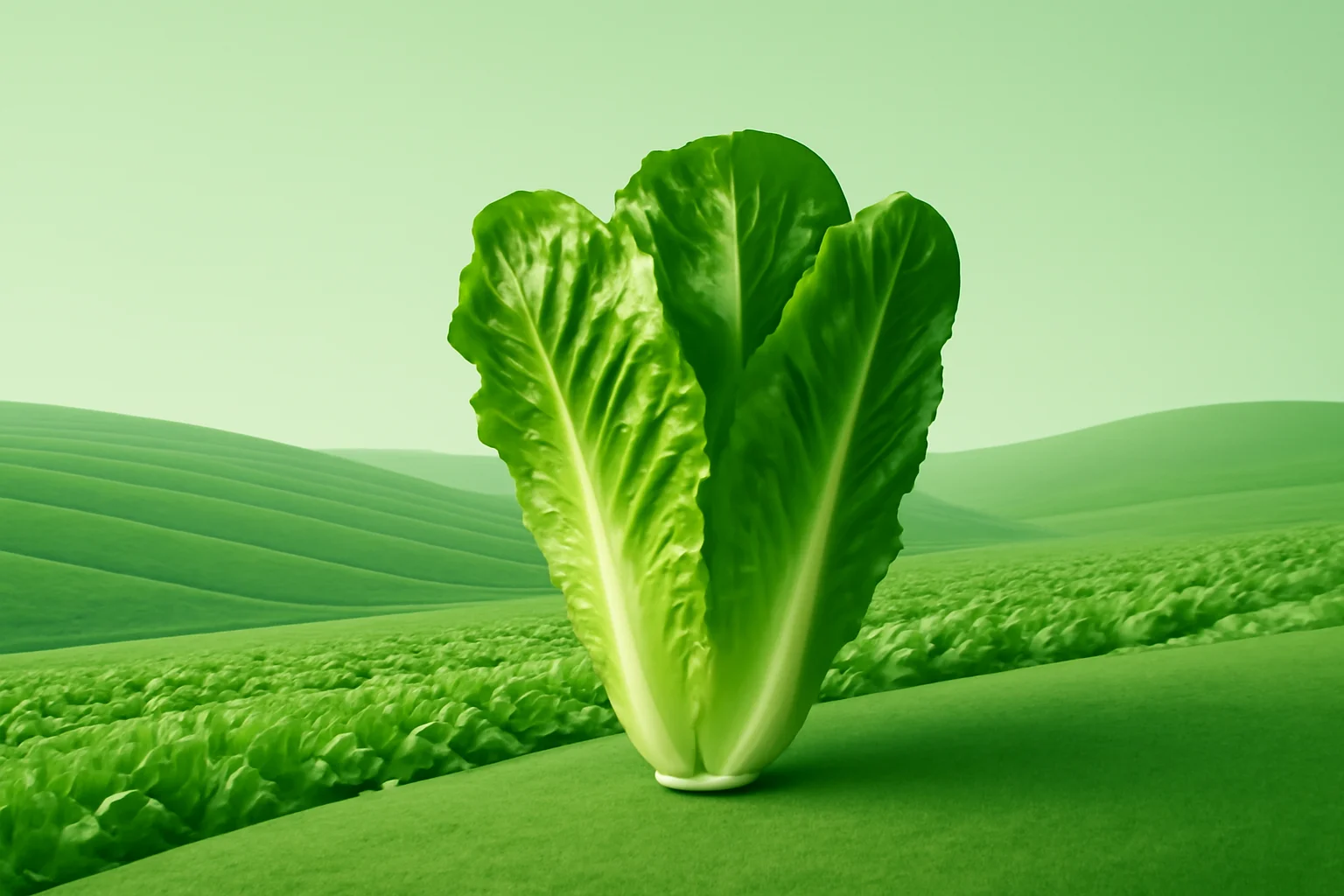
The Beneficial Effects and Health Advantages of Red Lettuce
The red lettuce, with its special color and flavor, is not only a decoration for plates but also a nutritious and healthy choice. This vegetable variety plays a prominent role in the world of salads, as it is not only delicious but also has numerous beneficial effects. Red lettuce is pleasing to the eye and offers various advantages for the body. Rich in vitamins and minerals, it can contribute to our daily nutrition. Additionally, due to its unique nutrient content, red lettuce may help in the prevention and treatment of various health issues.
Red leafy vegetables, such as red lettuce, are particularly rich in antioxidants, which can help protect cells and slow down aging processes. Moreover, salads, with their low calorie content and high water content, can be an ideal choice for those looking to lose weight. Red lettuce is not only nutritious but also extremely versatile, as it can be used in many ways in dishes. Whether as a salad, in sandwiches, or as a side dish, it can easily be incorporated into daily diets.
The Nutritional Content of Red Lettuce
The nutritional content of red lettuce is extremely rich, making it worth including in our diet. The salad leaves are packed with vitamins, minerals, fibers, and antioxidants, all of which contribute to maintaining health. Among the most important vitamins is vitamin C, which strengthens the immune system and helps maintain skin health. Additionally, red lettuce contains significant amounts of vitamin A, which is essential for vision.
The mineral content of the salad is also noteworthy. It contains potassium, calcium, magnesium, and iron, all of which contribute to cardiovascular health, bone strength, and blood formation. Furthermore, red lettuce is rich in fibers, which promote digestion and help maintain the balance of gut flora.
The antioxidant content of red lettuce is also outstanding. Antioxidants, such as beta-carotene and anthocyanins, can help neutralize free radicals that can damage cells and contribute to the development of various diseases. The red-colored leaves also indicate a high anthocyanin content, which gives color to fruits and vegetables and has numerous health benefits.
Overall, red lettuce is not only tasty but also extremely nutritious, and it is worth incorporating it into our daily diet to take advantage of its beneficial effects.
The Beneficial Effects of Red Lettuce on Cardiovascular Health
Consuming red lettuce is not only nutritious but also has several beneficial effects on heart and vascular health. The antioxidants and minerals it contains play a significant role in protecting the heart. Potassium, which is abundant in red lettuce, helps regulate blood pressure, which is crucial for preventing heart diseases. Maintaining adequate potassium levels contributes to vascular health and helps prevent heart problems.
The low calorie content and high fiber content of red lettuce also positively affect heart health. Fibers help reduce cholesterol levels, thereby contributing to a decreased risk of heart diseases. Additionally, consuming the salad promotes a feeling of fullness, which can help prevent overweight, an important factor in maintaining heart health.
The anthocyanin content of red lettuce is particularly noteworthy. Anthocyanins, which also give color to red and blue fruits, can help reduce inflammation and oxidative stress in blood vessels with their antioxidant effects. Together, these effects can contribute to protecting the cardiovascular system and potentially reducing the risk of heart attacks.
Thus, red lettuce is not just a pleasant-tasting vegetable but a true superfood that can help maintain our heart health and contribute to a long, active life.
The Role of Red Lettuce in Gut Flora Health
One of the most important benefits of red lettuce is that, thanks to its high fiber content, it positively affects the health of gut flora. Proper functioning of the digestive system is essential for well-being and overall health. The fibers found in red lettuce help regulate bowel movements, thereby promoting digestion and preventing constipation.
Maintaining the balance of gut flora plays a key role in the functioning of the immune system as well. A healthy gut flora contributes to increasing the number of beneficial bacteria in the gut, which help in nutrient absorption and suppress harmful bacteria. Therefore, consuming red lettuce is beneficial not only for digestion but also plays a role in strengthening the immune system.
Additionally, red lettuce has a hydrating effect, as its high water content helps maintain adequate fluid intake. This is particularly important for preserving gut health, as proper hydration contributes to normal bowel movements and easier elimination of waste.
To maintain gut flora health, it is advisable to follow a varied diet that includes red lettuce. Whether in salads, sandwiches, or side dishes, red lettuce can be incorporated into meals in many ways, thus contributing to gut flora health and overall well-being.
How to Use Red Lettuce in Everyday Diet?
Red lettuce is an extremely versatile vegetable that can be used in many ways in the everyday diet. One of the simplest and most popular ways to consume it is by serving it as a fresh salad. Mix it with other vegetables such as tomatoes, cucumbers, carrots, and peppers to create a colorful and nutritious salad. You can season it with olive oil, lemon juice, and spices to enhance its flavor.
Red lettuce is also a great choice for sandwiches. You can use the salad leaves instead of bread, offering a light and refreshing alternative for sandwiches. Additionally, red lettuce can be an excellent side dish alongside grilled meats or fish, as it not only adds flavor but also makes the dish more colorful.
Another great way to use red lettuce is in smoothies or shakes. The salad leaves can easily be blended with other fruits and vegetables, creating a nutritious and refreshing drink. In smoothies, the nutrient content of red lettuce can be easily incorporated while enjoying the harmony of flavors.
Finally, red lettuce can also be used in warm dishes such as soups or stews. During cooking, the salad leaves soften, adding new flavors to the dish while retaining some of their nutrients.
Thus, red lettuce offers numerous possibilities for use, making it easy to incorporate into our daily diet to enjoy its beneficial effects.
The information mentioned in this article is for informational purposes only and does not substitute for medical advice. In case of health problems, always consult with your doctor or healthcare professional.

